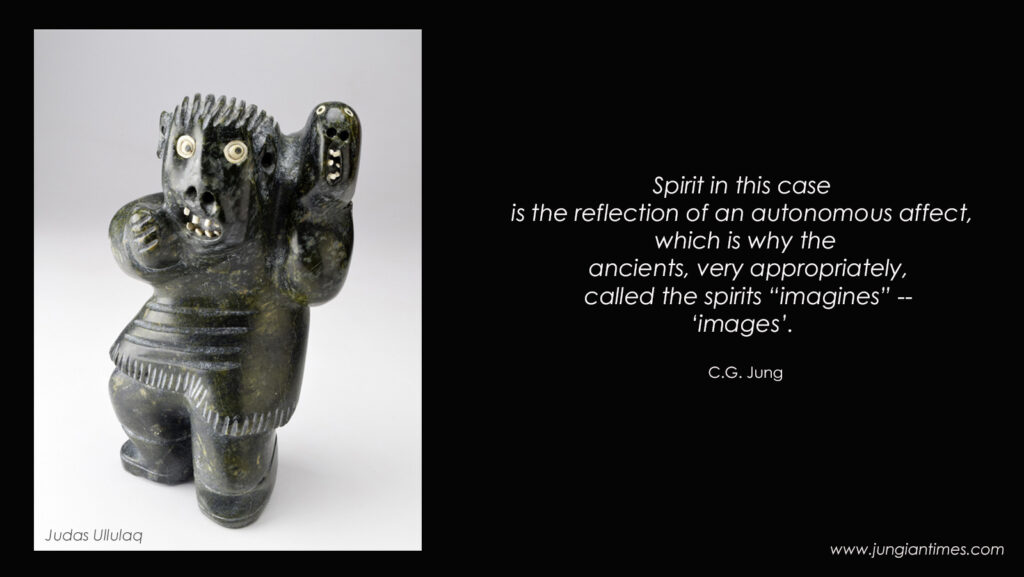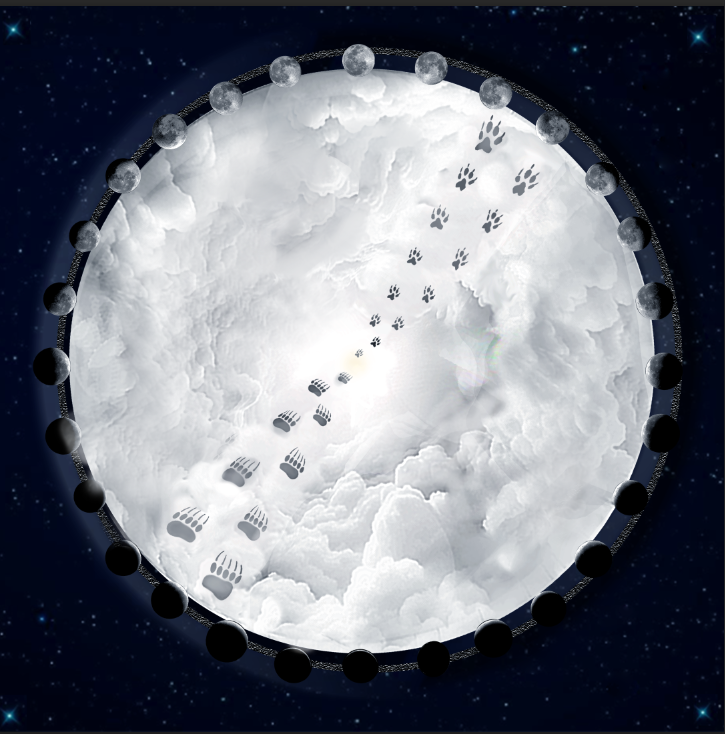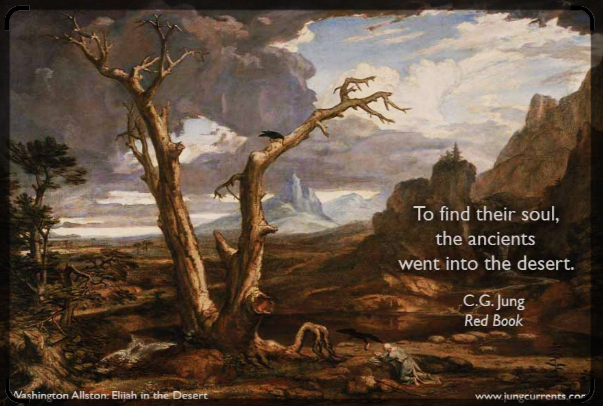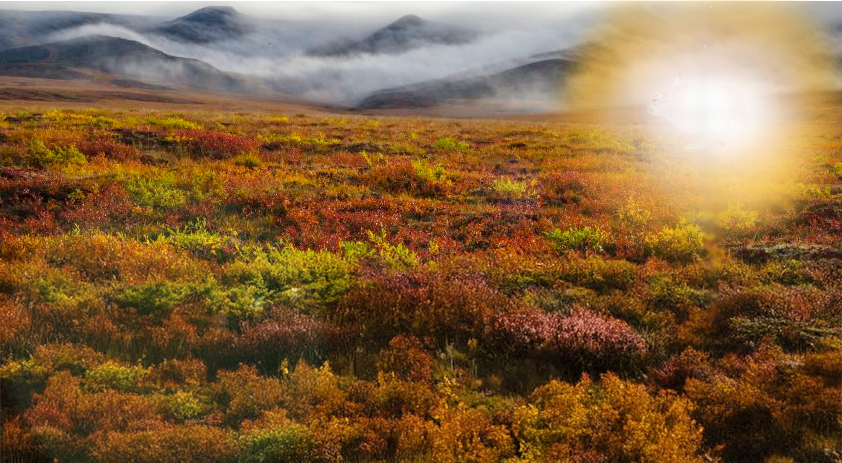The Spirits of the North
(The arctic can be so barren that the spirit is much more evident here in the North, and the Inuit art is very much about the spirit…. Note the spirit emerging on the shoulder of the shaman.)

C.G. Jung, On the independence of the spirit
“The primitive atmosphere in which the word “spirit” came to birth exists in us still, though of course on a psychic level somewhere below consciousness
But as modern spiritualism shows, it needs very little to bring that bit of primitive mentality to the surface.
If the etymological derivation (which in itself is quite plausible) holds good, then “spirit” in this sense would be the image of a personified affect.
For instance, when a person lets himself be carried away by imprudent talk, we say his tongue has run away with him, which is equivalent to saying that his talk has become an independent being that has snatched him up and run off with him.
Psychologically we would say: every affect tends to become an autonomous complex, to break away from the hierarchy of consciousness and, if possible, to drag the ego after it.
No wonder, then, that the primitive mind sees in this the activity of a strange invisible being, a spirit. Spirit in this case is the reflection of an autonomous affect, which is why the ancients, very appropriately, called the spirits imagines– ‘images’.
Structure and Dynamics of the Psyche
Paragraph 643
Sculptor Judas Ulluliaq



